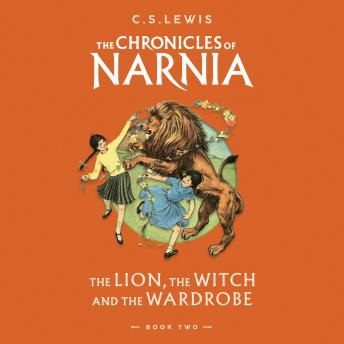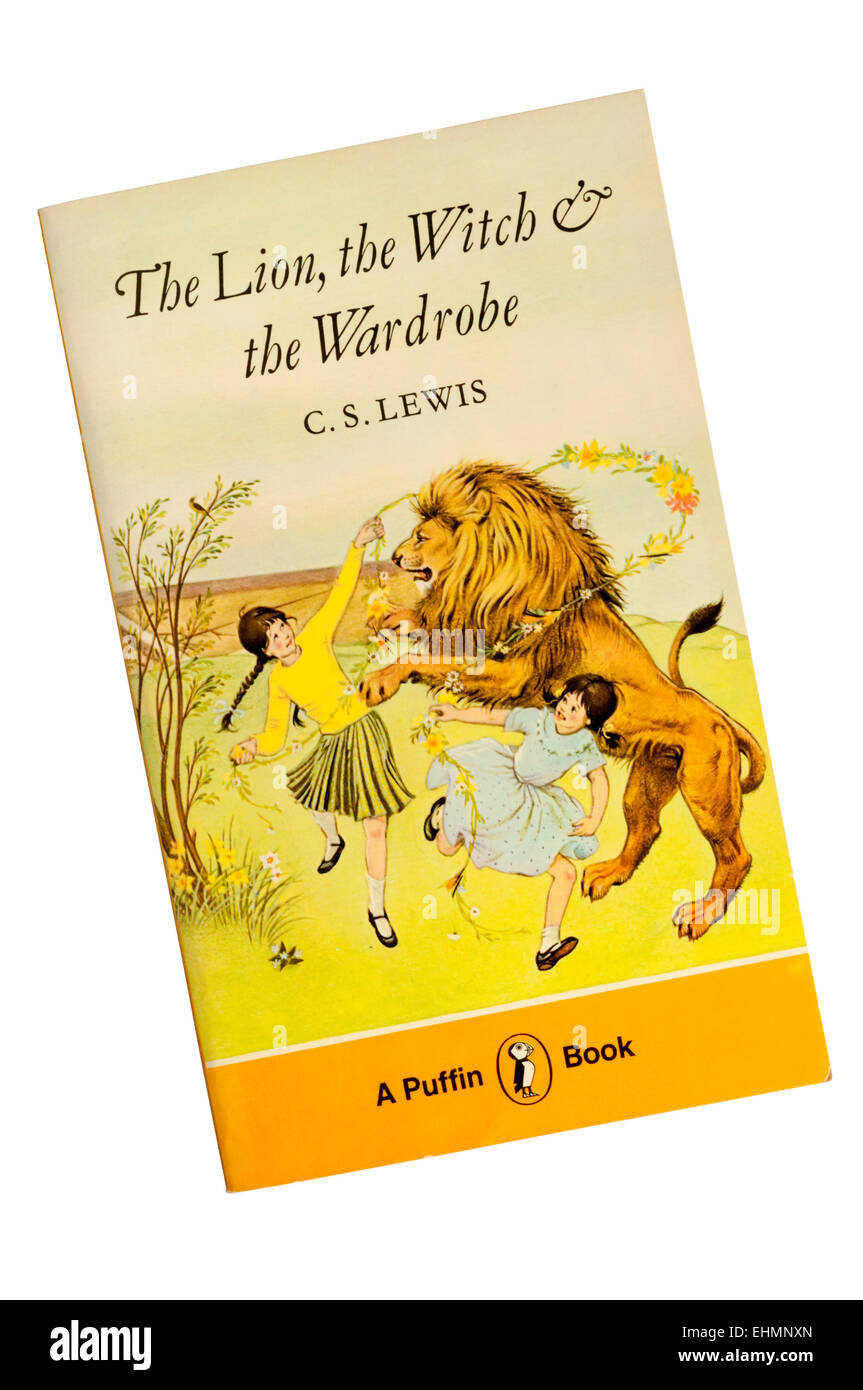

In An Experiment in Criticism, Lewis states this principle: “We sit down before picture in order to have something done to us, not that we may do things with it. Rather it comments on an author’s right to be listened to before being judged, and also asserts a proper sequence by which we should go about assimilating a work of literature. This is not to imply that we do not make use of what we read. Lewis is against using a work of literature in the sense of immediately harnessing it to advance a reader’s agenda of interests or beliefs. Here is what Lewis thought about three common forms of misreading and, as I elaborate them, you will doubtless recognize them as ways in which Christian readers commonly deal with the Narnian Chronicles.īad practice #1 is using The Lion, the Witch, and the Wardrobe instead of receiving it. Lewis believed that readers need to be cut off at the pass from incorrect ways of reading, and I therefore conclude that to read The Lion, the Witch, and the Wardrobe in the spirit of Lewis’ own ways of reading literature, we must avoid the pitfalls that he himself delineates. Lewis devotes half of his famous essay on Hamlet to an analysis of how not to read the play, that is, by fixing attention on the characters instead of the play: “I confess myself a member of that school which has lately been withdrawing our attention form the characters to fix it on the plays” (“Hamlet: The Prince or the Poem?” 93). “The first thing to grasp about the sonnet sequence,” writes Lewis in his big book on sixteenth-century English literature, “is that it is not a way of telling a story” ( English Literature in the Sixteenth Century excluding Drama 327).

Here are specimen chapter titles: “The Few and the Many,” “False Characterisations,” “How the Few and the Many Use Pictures and Music,” “The Reading of the Unliterary,” “On Misreading by the Literary.” Just recall how much of An Experiment in Criticism is devoted to analyzing wrong ways of assimilating art and literature. We cannot read very long in Lewis’ criticism before we sense that Lewis was preoccupied with sparing his readers from wrong ways of reading.

I need to be honest with you: my editor found this approach uninvitingly negative and excised it from my book.

Lewis himself, I propose to cover three topics: how not to read how to read The Lion, the Witch, and the Wardrobe, and how to read a children’s book as an adult reader. With the understood premise that I have garnered my data from C. From Lewis’ nonfictional writing we can glean a large and detailed picture of how Lewis thinks we should read literature, and how we should not read it. Why was that a natural choice? The answer: Lewis bequeathed a richer legacy of literary criticism and theory that addresses his imaginative writing more than any other author I know. Lewis: this was my chosen approach when I co-authored a reader’s guide to Lewis’ classic story.


 0 kommentar(er)
0 kommentar(er)
